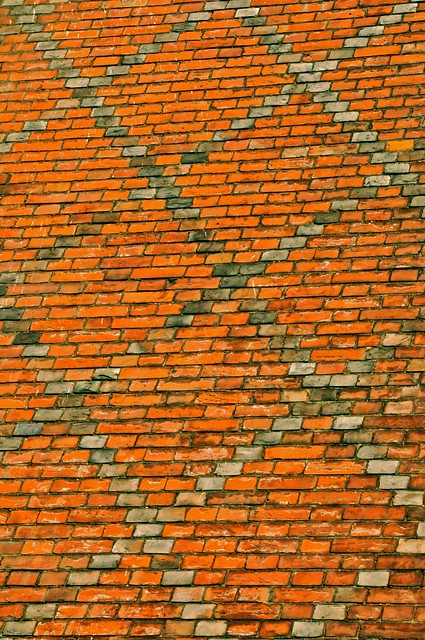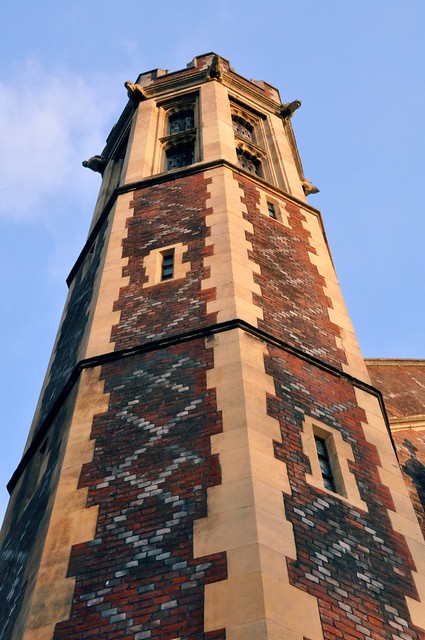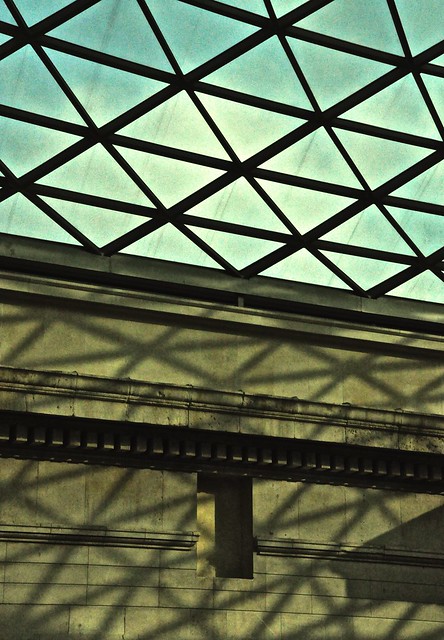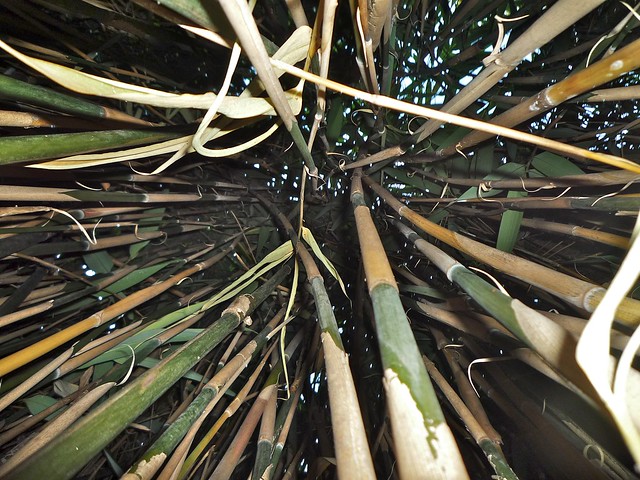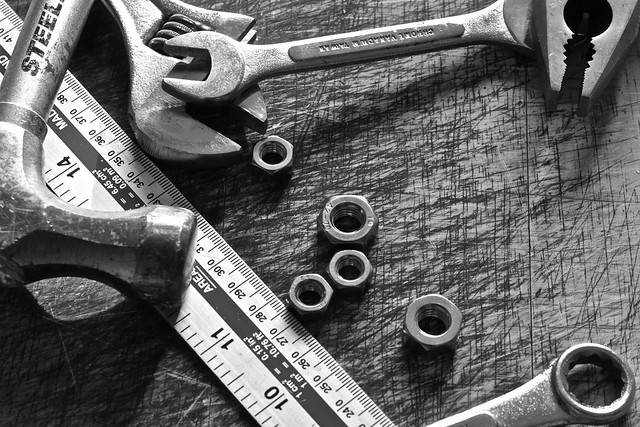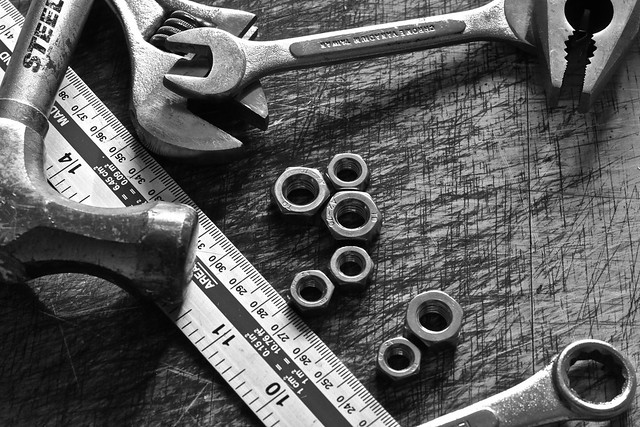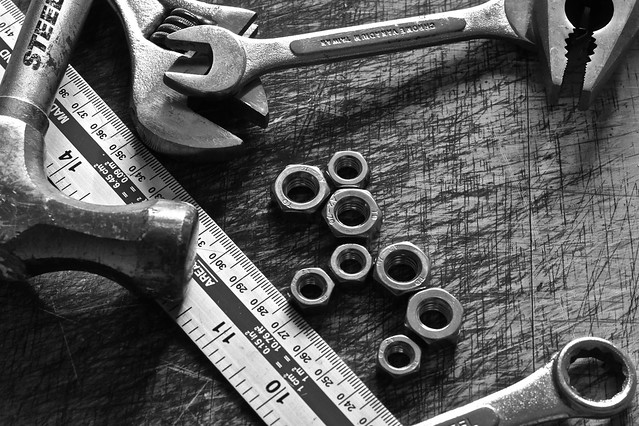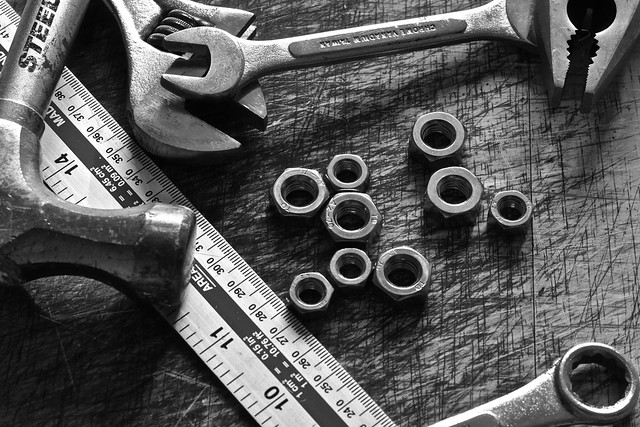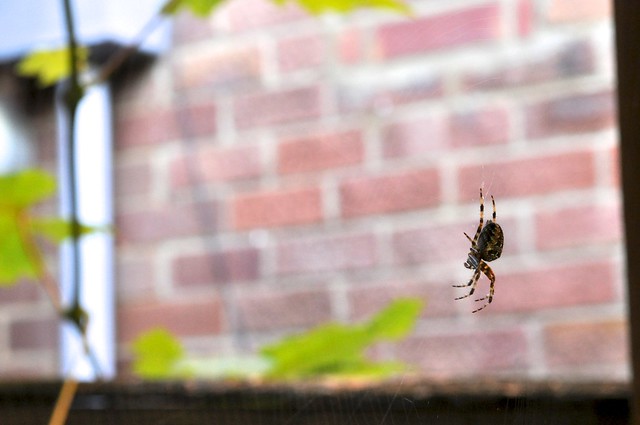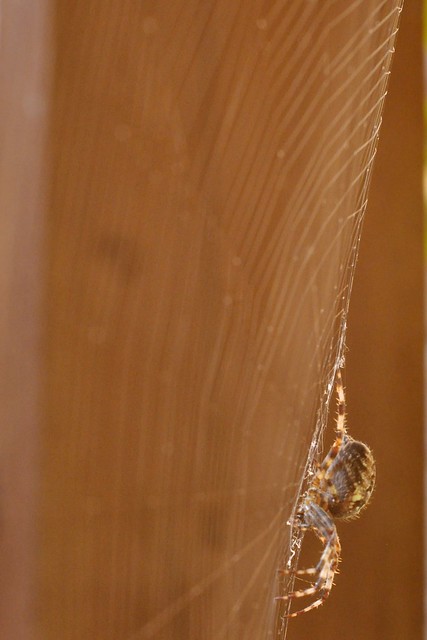This would be easy, or so I thought. There are many lines around us, so getting 4 images of horizontal and vertical lines would be no trouble at all, but then I started thinking. I wanted interesting, different & unusual things in my pictures. Suddenly things got more difficult.
As usual, all the images can be seen full size of Flickr, in
this set.
Anyway, I shall start with some of the things that didn't work.
This Photo certainly has lines in it, but are they horizontal or vertical? Well, they are kind of both, it's a very recognisable scene and one that we know has horizontal lines, but they are not horizontal here. There are vertical and diagonal lines here, and I don't think it works anyway. There isn't really a point of interest.
I had high hopes for this next photograph. It's an extreme macro shot of a record. It's extreme because I used a 50mm Macro lens and 3 extension tubes to really get in close to the grooves. The result is certainly different, and when viewed full size, certainly has some interesting effects, but the dominant effect is not of the horizontal lines. There's not quite enough detail for that.
This is a photo taken in the middle of a large clump of Bamboo growing in a local wood. I dare say it's quite unusual to find Bamboo growing in the wild in the UK, so thinking of vertical lines, I thrust the camera into the middle of the bamboo and took some shots. It's certainly a bit different, but lacks something. There isn't really a focal point that the viewer is drawn to. Another one that didn't quite work.
So, onto the pictures that I was happier with.
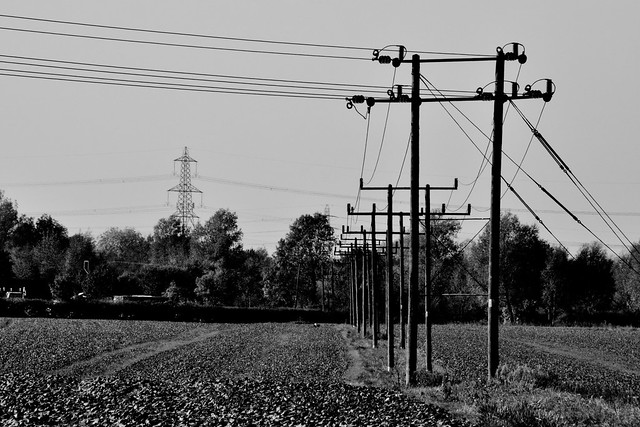 |
| Vertical Lines 1, 1/125, 200mm, f/22 |
Vertical lines 1 shows a row of double poles supporting power lines. The relatively long lens shortens the distance from the nearest to the furthest poles and makes for quite a striking feature. I elected to use Black and White and push the contrast a bit to make the poles stand out more against a fairly cluttered background. The vertical lines are the dominant feature ad draw the viewer from near to far.
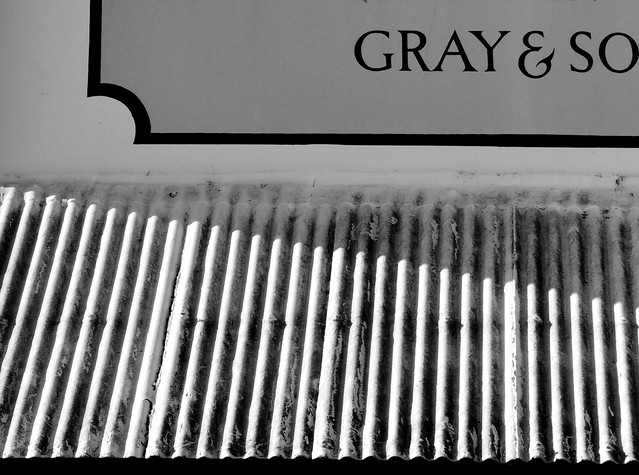 |
| Vertical Lines 2, 1/125, 80mm, f/22 |
Vertical Lines 2 depicts a corrugated roof on the side of a public house. The original image features more of the painted sign and some clutter from a nearby road sign, so I cropped fairly tightly on the corrugation and used Black and White again. The strong shadows and dirt really bring out the vertical lines strongly and become dominant. There is enough of the painted sign on the wall to give some additional interest, but the photograph real is mainly about the lines the roof make.
 |
| Vertical Lines 3, 1/30, 50mm (+ extension tubes), f/22 |
Vertical Lines 3 is another Black and White image, but this time so was the subject - a newspaper. The extremely close shot shows the detail of the fibres in the paper and upon it, the clearly defined ink. The two L's provide the dominance and vertical lines. There is a tension in the image as we don't know what it's from. I deliberately cropped so that only two more letters are visible and give no real clue as to their context. the viewer is left wondering what the word is. The texture of the paper also adds to an air of wonder as it's not really that evident what we are looking at.
 |
| 50mm, 1/500 f/9 |
Vertical Lines 4 depicts an apple tree seen through a garden chair. The vertical lines are strong and dominate the image. The grain of the wood adds texture to the image, providing more interest. The image was tweaked in Aperture through curve adjustments.
 |
| Horizontal Lines 1, 1/60, 500mm, f/22 |
Horizontal Lines 1 is a common sight, but one that is fleeting and transient in nature. Using a very long lens, I captured a passing aircraft and the contrails it left behind. The image was cropped to accentuate the horizontal contrails and I made some slight adjustment to the curves to deepen the sky and bring out the white vapour. The image was tricky to capture as the aircraft was a very long way away and moved through the viewfinder at a very rapid rate. I'm happy with the result though. the horizontal lines are dominant and the eye is drawn right to the source of the lines.
 |
| Horizontal Lines 2, 1/25, 32mm, f/22 |
I wasn't sure about Horizontal Lines 2 as it has a lot of lines in it, but it does give a strong impression of horizontal. The top of the bench lines up with the horizon reinforcing the point. The remainder of the bench does curve round into the vertical, but somehow they all come across as horizontal to me looking at the image. Again, black and white seemed to suit this best, partly due to the lack of contrast in the colour image. Curves were tweaked to emphasise the dark edges to the lines.
 |
| 34mm, 1/40, f/4.2 |
Horizontal Lines 3 is of some old carved stone steps next to a railway. The treads of the steps provide the primary focus of the image and hence, horizontal lines are dominant. The leaves add colour and the vertical gap between the steps adds a contrasting vertical line, however this does not detract from the dominance of the horizontal lines.
 |
| 55mm, 1/250, f/8 |
Horizontal Lines 4 - is a common site, yellow lines on a road. The tight framing creates an abstract image, which is clearly all about the horizontal lines. I purposely chose a worn road so the there would be plenty of texture to enhance the image. The relatively low autumn sun creates strong shadows in the surface of the road adding contrast to what could easily have been a very grey looking picture. Adjustments were made to the image to bring out the contrast a little more.






